The machine tool industry adopts remote monitoring and diagnostics
August 1, 2023 10:39 pm
According to Jibak Dasgupta, Director General & CEO, IMTMA, advanced information on subsystems can be obtained by incorporating sensors into machine tools and analysing data, enabling early detection of potential breakdowns and improving overall manufacturing output.
What does the future hold for India’s metal-forming sector?
Metalworking is a critical aspect of the manufacturing industry, encompassing metal-cutting and metal-forming machine tools. In this domain, metal-forming machine tools are important in key industrial sectors, such as automobile manufacturing (including electric vehicles). During the last financial year, the metal-forming tools manufacturing sector performed well due to a surge in consumption. The total consumption of metal forming tools in FY 22 amounted to approximately ₹3300 crore, while the production value stood at around ₹1500 crore.
Notably, presses were in the highest demand, accounting for about ₹1500 crore and representing nearly 50 percent of the overall metal-forming machine tool consumption in FY 22. However, India relied heavily on imports, mainly from China, Japan, and Korea, collectively comprising over 60 percent of the share of the total import during FY 22.
What are the benefits of implementing Industry 4.0 in the machine tools industry? Implementing Industry 4.0 in the Indian machine tool sector offers numerous advantages. These benefits are evident in various aspects, such as decreased downtime, early detection of failures, simplified maintenance, availability of Management Information Systems (MIS), real-time display of shop floor operations and production data, intelligent production monitoring, fewer product rejections, direct integration of measured data corrections into CNC machines for immediate and dynamic tool path adjustments, and more. The machine tool industry can also leverage remote monitoring and diagnostics, leading to various other advantages. By incorporating machine learning, the industry can proactively identify potential maintenance issues before they result in downtime. All of these factors enhance global competitiveness and profitability for the Indian machine tool industry.
What new metal forming and 3D manufacturing technologies are influencing the automotive sector?
Some of the new metal forming and 3D manufacturing technologies influencing the auto sector include:
- For prototype manufacturing and building components, parts, and subsystems.
- Re-manufacturing worn-out automotive parts and making re-manufactured parts more wear-resistant hold promise.
- Production assists such as moulds and inserts for die casting and injection moulding of automotive parts.
- Small batch production for a functional test or design validation.
- Usage in Machining fixtures, assembly and inspection fixtures having complex geometries for automotive applications.
- Build spare parts for old legacy vehicles.
- Some global manufacturers offer custom parts for their customers to suit specific demands using 3D manufacturing.
Please discuss recent developments in welding and laser technologies impacting manufacturing industries.
Advancements in the welding sector have profoundly impacted manufacturing industries, with notable developments like friction stir welding, laser beam welding, electron beam welding, and plasma arc welding. Laser technology, in particular, has made remarkable strides in cutting and welding applications, offering high-power lasers for precise cutting across diverse materials and using ultrafast lasers and laser surface treatment techniques. These innovations have significantly improved welding capabilities in various industrial settings.
How will Industry 4.0 and ERP integration with effective digitalisation impact manufacturing efficiency and productivity?
The strategic integration of Industry 4.0 and ERP and effective digitalisation will play a vital role in elevating manufacturing efficiency and productivity. By incorporating sensors into machine tools and analysing data, advanced information on subsystems can be obtained, enabling early detection of potential breakdowns and improving overall manufacturing output. Moreover, optimising processes to streamline manufacturing operations and innovating the supply chain will facilitate sustained growth and preparedness for external challenges, further enhancing efficiency. Additionally, a crucial aspect involves:
- Investing in skill development.
- Reskilling and upskilling the workforce.
- Leading to increased productivity in the manufacturing industry.
What are the highlights and key features of IMTEX FORMING 2024 and concurrent shows?
IMTEX forming 2024: Asia’s leading exhibition on metal forming and manufacturing technologies will be held at the Bangalore International Exhibition Centre (BIEC) in Bengaluru from January 19 – 23, 2024.
Concurrent shows: Tooltech 2024 focuses on machine tool accessories, forming tools, die & mould, metrology, CAD/CAM, and Digital Manufacturing, featuring the latest innovations in additive manufacturing and Industry 4.0. would be held along with IMTEX FORMING 2024.
The first-ever Weld Expo, an exhibition for welding, cutting, and joining in association with the Indian Institute of Welding (IIW India) will also be a concurrent show.
The 6th International Congress 2024 (IC-2024) will be organised by IIW-India from 22 – 24 January 2024 at BIEC during the show. The International Congress would offer a platform for young professionals in the field of welding through an exclusive Young Professional International Conference (YPIC). Around 500 delegates are expected to participate in the International Congress.
IMTMA expects around 500 exhibitors from nearly 20 countries to participate in IMTEX FORMING, Tooltech, Digital Manufacturing & Weld Expo 2024 in an exhibition space of around 30,000 square metres.
Cookie Consent
We use cookies to personalize your experience. By continuing to visit this website you agree to our Terms & Conditions, Privacy Policy and Cookie Policy.





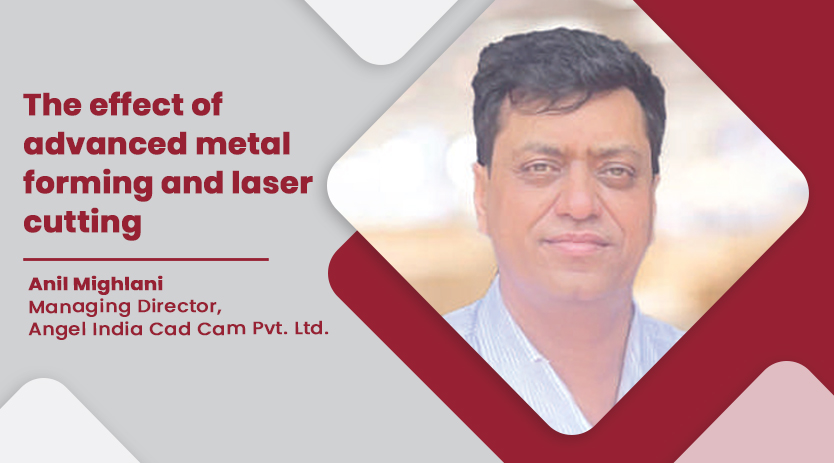

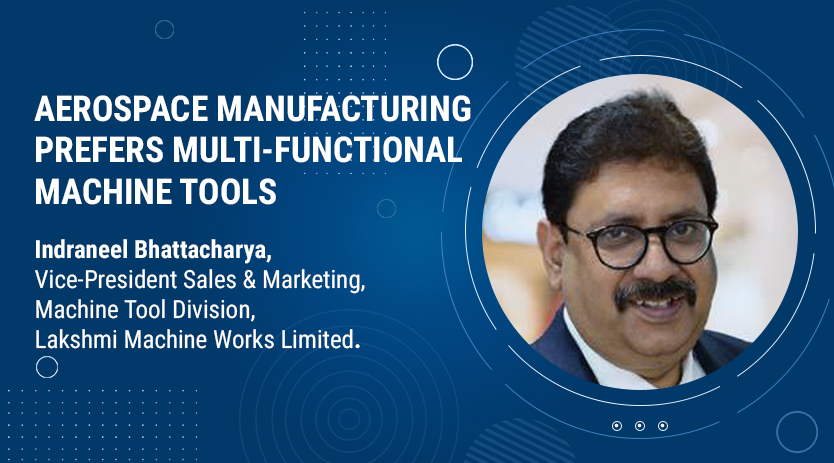

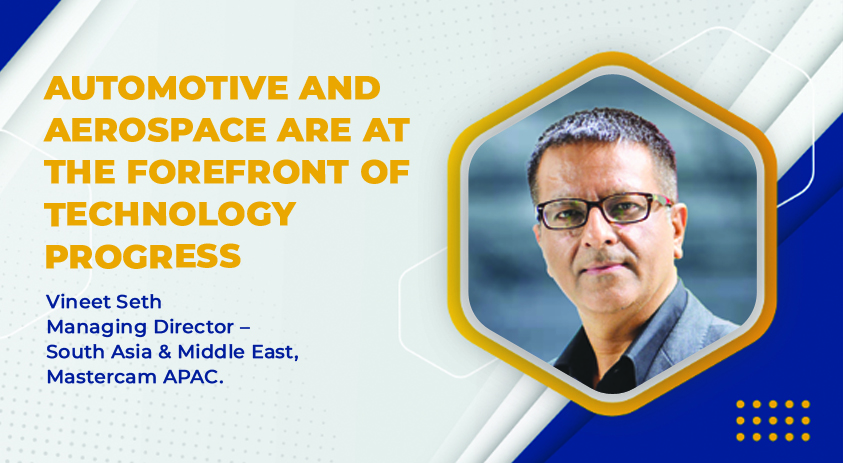
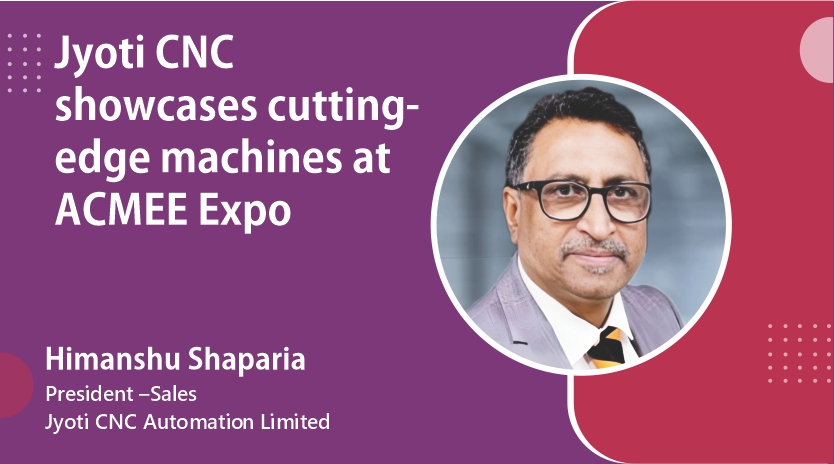
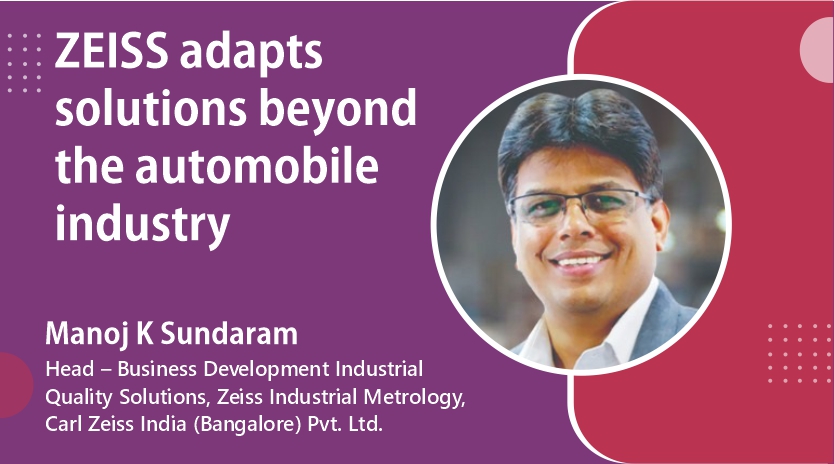

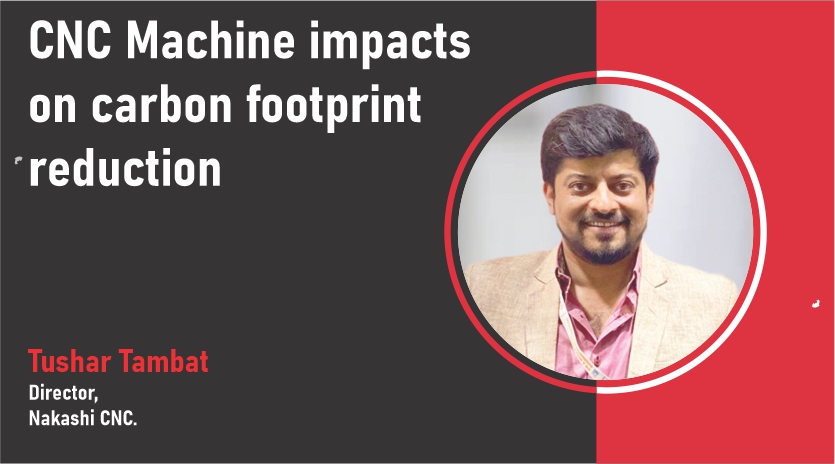





 English
English Hindi
Hindi